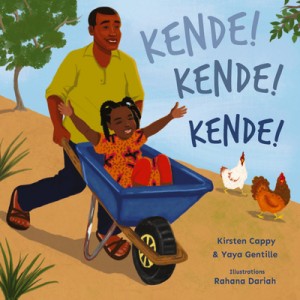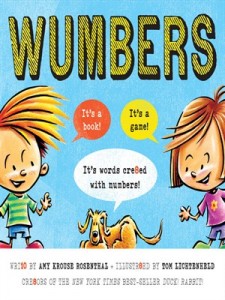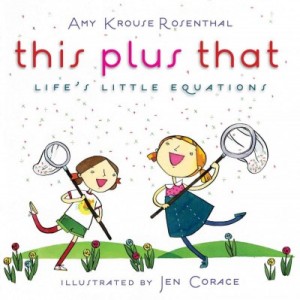So many kids will relate to Lolie, who from the time she was little always wanted to go! go! go! But a scary day comes when her family quickly has to go from their home because it is no longer safe. Lolie goes by wheelbarrow, by foot, by truck, and finally by airplane to a new home that is safe for her and her family. And when their car get stuck in the snow, her new neighbors help to push so her family can quickly go! go! go! to the hospital so Lolie’s new baby can be born in safety.
This beautiful book, written by one of my dearest friends, Kirsten Cappy, and Yaya Gentille who came to a new country in search of safety, is one I wish I could put into the hands of every child. Kende! Kende! Kende! is illustrated by Rahana Dariah and published by Child’s Play USA. It’s written in both French and English so that many readers can read it, and it has QR codes in the front of the book that you can scan to hear the book read aloud in French, English, Lingala, Swahili, Portuguese, Kinyarwanda, and Arabic!
With your young readers, compare the words in French, English, and Lingala. “Lolie adorait aller, aller, aller. Lolie loved to go, go, go.” In the illustrations, we see Lolie running after chickens and the words Kende! Kende! Kende! Even if you don’t speak French or Lingala, talk about how you might use what you know and use the pictures to figure out the words you don’t know. Talk about where your family is from and what languages people in your family speak or once spoke. Scan the codes and enjoy the story in a language that may be new to you!




